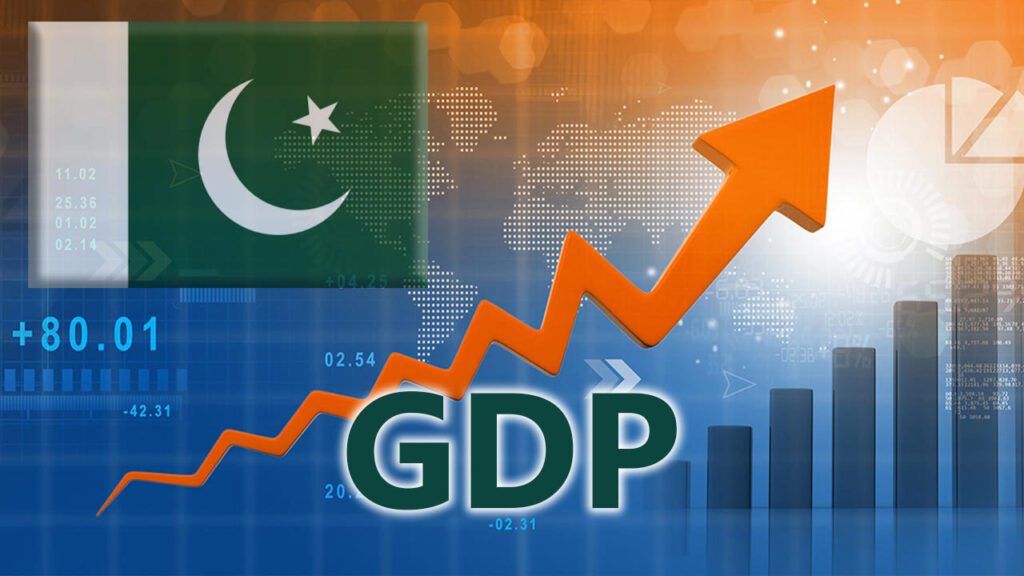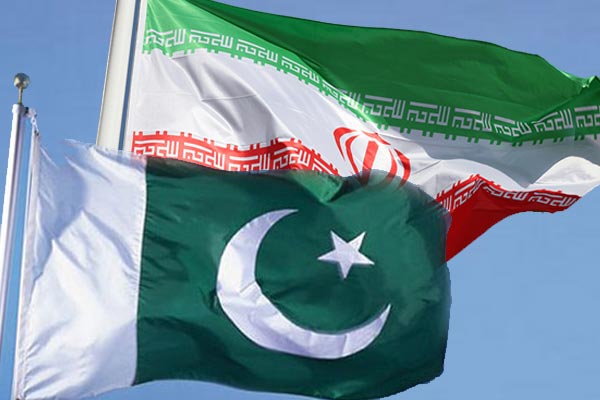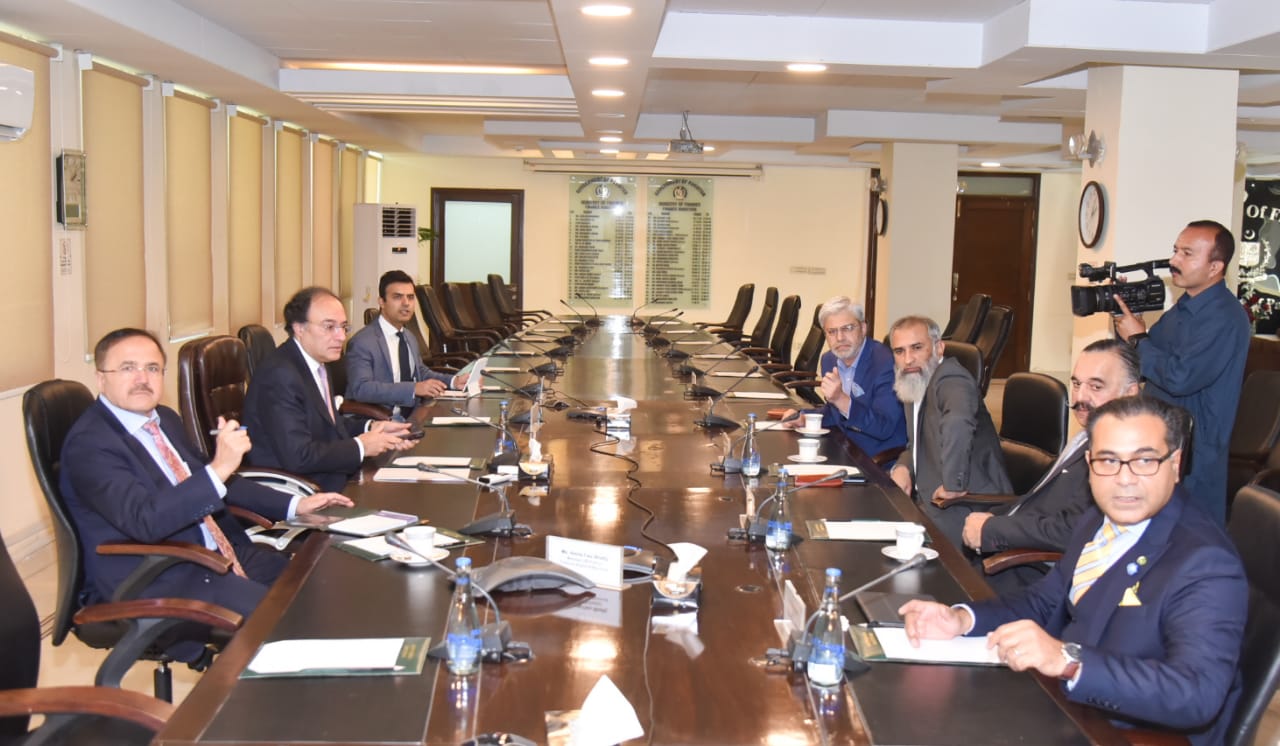PTBP Web Desk
The economy grappling with multiple challenges, including negative growth in large-scale manufacturing (LSM), declining agricultural outputs, and high inflation. Dr. Hafiz Pasha, a noted economist, highlighted these concerns while discussing the country’s economic trajectory.
Dr. Pasha expressed grave concerns over the contraction in LSM, which has significantly impacted Pakistan’s Gross Domestic Product (GDP). High energy prices, escalating input costs, and restrictions on raw material imports have stalled growth in the manufacturing sector. “The cotton crop has registered a staggering 30% decline, while wheat output also appears bleak due to the lack of government procurement and reduced returns for farmers last year,” he added.
The agricultural sector’s underperformance is mirrored by reduced investments in the industrial sector, a trend that threatens the overall economic outlook.
Despite a reduction in the policy rate, private-sector credit utilization exceeded PKR 1 trillion. However, a significant portion of this was funneled into the stock market, fueling bullish trends rather than productive economic activities.
On a positive note, the Consumer Price Index (CPI) has eased from over 30% to around 5%. While this indicates a slower pace of price increases, prices of essential commodities, such as wheat flour, have shown mixed results. Lower wheat prices benefit consumers but have adversely affected farmers, who are already reeling from reduced returns despite last year’s bumper crop.
Dr. Pasha further highlighted the role of inflated gas prices, which rose by over 500% last year, in driving up overall inflation.
The Pakistan Bureau of Statistics (PBS), real wages have plummeted by 20-25% over the last three years, particularly affecting skilled workers in the private sector. Meanwhile, government employees and members of the Punjab Assembly saw their salaries increase, with the latter experiencing up to a 500% raise.
This growing disparity underscores the economic strain faced by ordinary citizens, further exacerbated by limited job opportunities and high living costs.
Dr. Pasha noted some positive developments in currency stabilization and the current account. A surplus was reported in November, supported by a 35% surge in remittances, particularly from workers in the Middle East and the United States. These remittances contributed to a $4 billion increase in foreign reserves during the first five months of the fiscal year.
Despite these inflows, Pakistan’s reserves remain critically low, barely covering two and a half months of imports against the global standard of three months.
Pakistan’s mounting debt, Dr. Pasha revealed that the country owes $12-14 billion but managed to repay only $1.5-2 billion in the first five months of the fiscal year. This delay raises concerns about Pakistan’s financial health and its ability to sustain its debt obligations.
The government has budgeted for issuing international bonds and borrowing from foreign commercial banks, but these avenues have yet to yield substantial inflows.
Dr. Pasha cautioned that Pakistan’s lack of progress on economic reforms might jeopardize the Extended Fund Facility (EFF) program with the International Monetary Fund (IMF). The Fund’s upcoming review in March could result in program suspension if reforms remain stalled.
The IMF has emphasized the effective management of the Special Investment Facilitation Council (SIFC) and the Sovereign Wealth Fund. While the SIFC aims to attract $10 billion in foreign investment, only $1.5-2 billion has been realized so far, highlighting significant challenges in foreign inflows.




